T4K3.news
Tesla to upgrade driver visualization
Tesla plans a major Unreal Engine based upgrade to driver visualization as it expands Robotaxi plans in New York City.
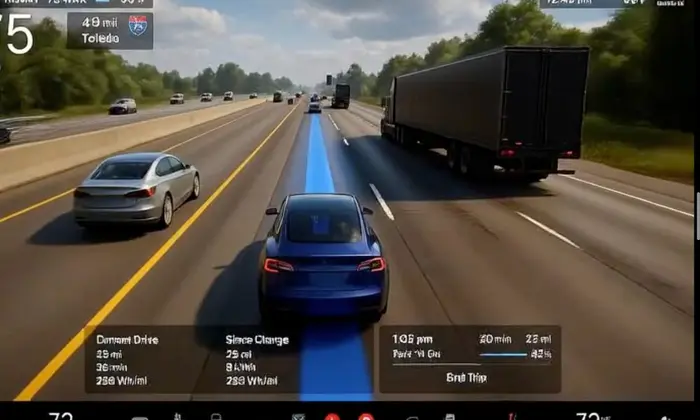
Tesla pursues a major upgrade to its Autopilot driver visualization using Unreal Engine as it expands its Robotaxi plans in New York City.
Tesla plans to use Unreal Engine for driver visualization with crazy upgrade
Tesla is planning a major upgrade to its driver visualization for Autopilot by using Unreal Engine, a move that aligns with the company’s push to grow its Robotaxi program. The company has signs of active recruitment in New York City, a market with high demand for rides and limited taxi medallions, which could create a favorable environment for autonomous rides. The company argues that Robotaxi operations can offer lower costs because they do not pay salaries, benefits, or tips, and the high cost of medallions has weighed on traditional taxi economics.
City goals add to the momentum: New York aims for an all electric city-owned fleet by 2027 and a broader push toward zero-emission or wheelchair accessible rides by 2030. Tesla has touted safer rides with its Full Self-Driving system and has highlighted how automation could improve wait times and ride quality. The combination of new tech visualization and policy signals creates a landscape where Robotaxi could compete on price and convenience while facing questions about regulation, labor, and public reception.
Key Takeaways
"Robotaxi costs could end up a fraction of cab fares"
Economic comparison between robotaxis and traditional cabs
"The rear screen is seriously really good and makes rides feel premium"
In car entertainment improvements
"Trust in autonomous vehicles has jumped from 23 percent in 2015 to 57 percent in 2021"
Public opinion trend
The Unreal Engine upgrade signals a broader shift in urban mobility, turning driving from a job into a software service. As tech and policy intersect, the move raises questions about data use, safety standards, and how cities will regulate autonomous fleets. The article notes rising trust in autonomous tech over the past decade, but public reaction remains mixed and varies by city, which means any rollout will hinge on careful policy and transparent safety data.
Beyond technology, the plan touches on economics and labor. If Robotaxi lowers fares and reduces driver costs, it could destabilize taxi markets and union wages, especially where medallions carry heavy debt. Policymakers will need to balance innovation with equity, ensure safety, and address concerns from workers and riders alike while monitoring how city goals on sustainability shape the rollouts.
Highlights
- Robotaxi costs could end up a fraction of cab fares
- The rear screen is seriously really good and makes rides feel premium
- Trust in autonomous vehicles has jumped from 23 percent in 2015 to 57 percent in 2021
- Green rides goals could push yellow cabs aside in New York
Regulatory and economic risks for New York Robotaxi
The push to deploy Robotaxi in New York faces regulatory hurdles, labor market disruption, and financial risk. Budget impacts, investment needs, and potential public backlash could slow or alter the rollout.
The next steps will test whether tech promises translate into real benefits for city streets.
Enjoyed this? Let your friends know!
Related News
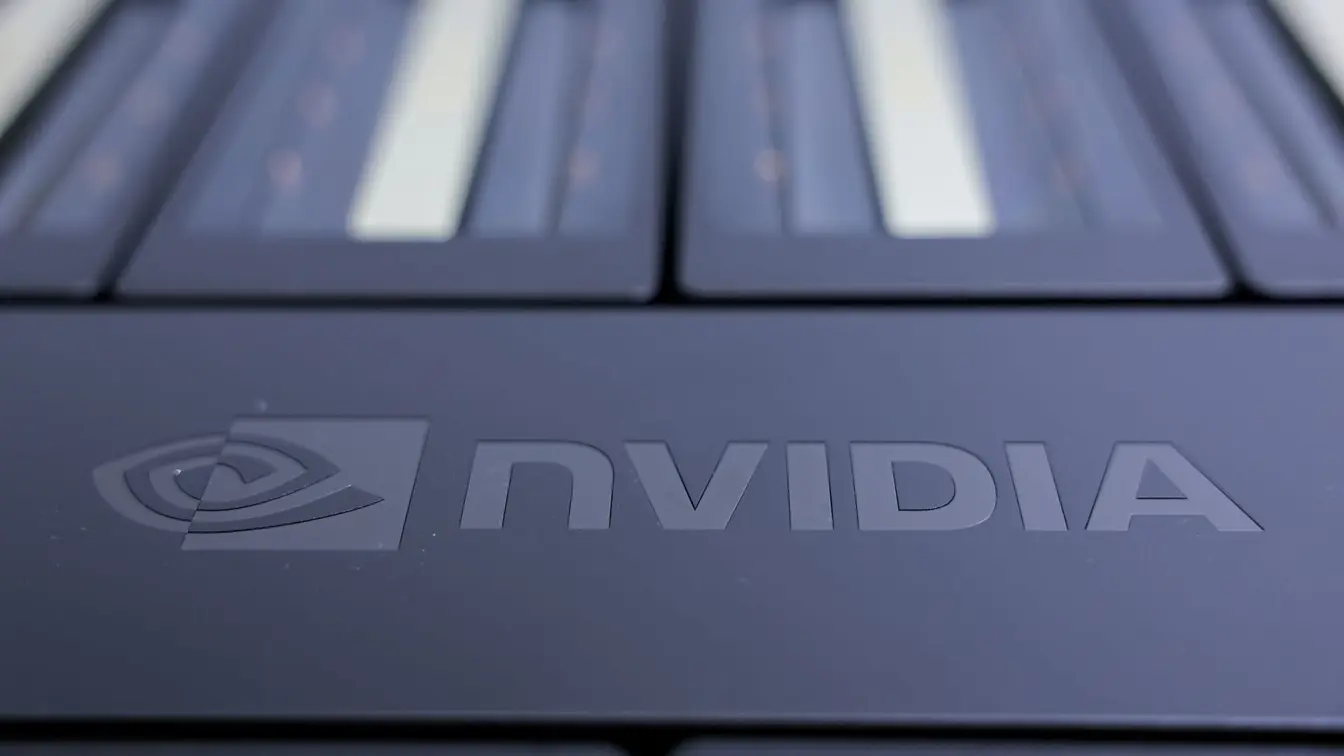
Wall Street Analysts Lift Multiple Stocks on Monday

Tales of Xillia Remastered
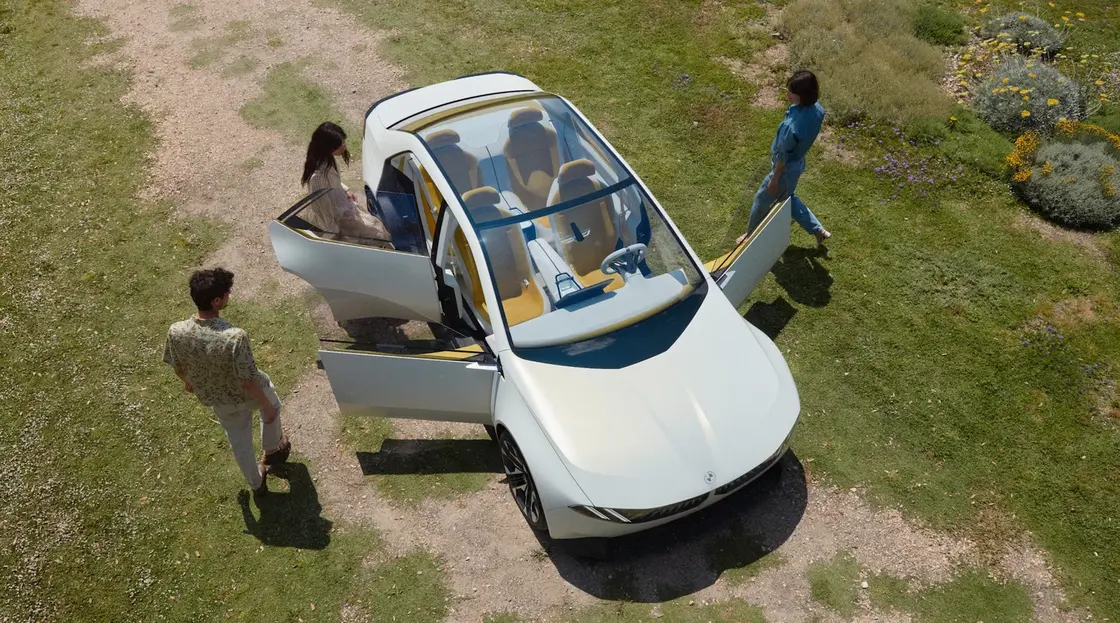
BMW Launching Groundbreaking Electric Vehicle Lineup

Samsung Galaxy S23 remains favored smartphone model
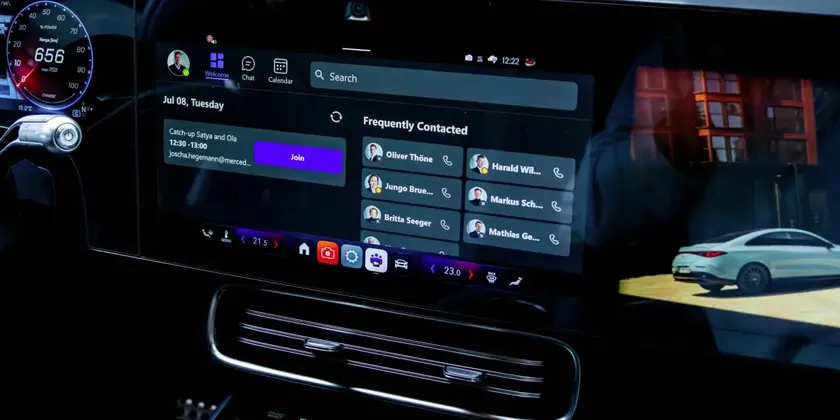
Mercedes-Benz launches Teams meetings feature in new sedan
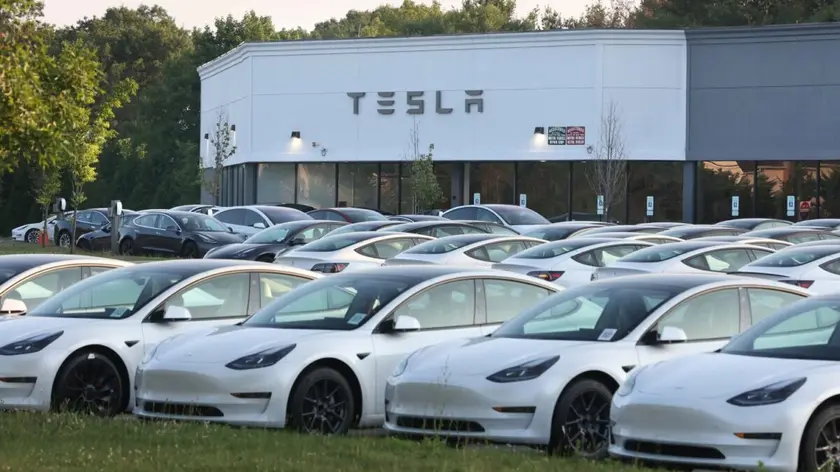
EV tax credit deadline prompts rush
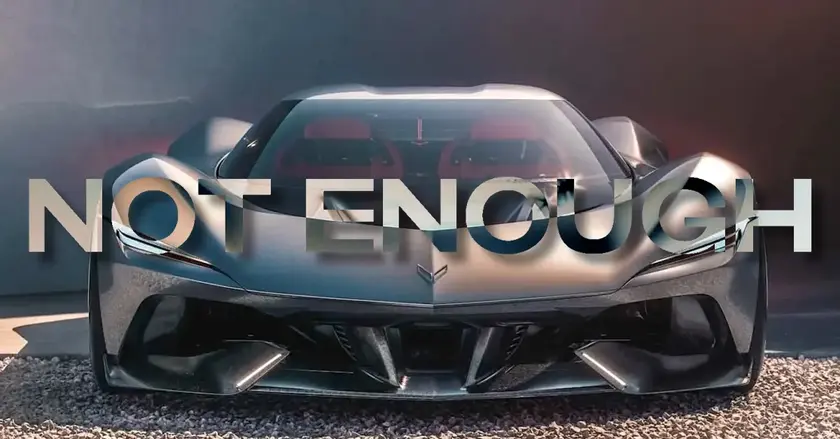
GM Corvette CX debuts with 2000 hp concept

New public beta available
